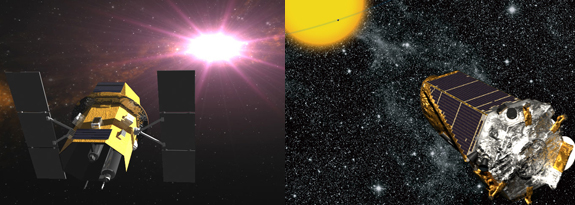AAS-NOVA, a set of research highlights from journals sponsored by the American Astronomical Society, has recognized two Steward papers in 2015. The first, with local authors Peter Milne and Gautham Narayan, announced the discovery that type Ia supernovae change with redshift in a way that lowers the amount of cosmological acceleration. A goal for Milne for 2016 is to quantify how much this lessens the amount of dark energy required by supernova distances.
The second, by local authors Gijs Mulders, Ilaria Pascucci, and Dániel Apai, using the Kepler spacecraft, showed that M dwarf stars host fewer large planets at small "heliocentric" distances than do more massive stars. These same M dwarfs, though, have more small planets within these smaller orbits than do the more massive stars.
A list of all of the cited research papers, including one by former Steward PhD student Eric Mamajek (a professor at Rochester) and former Steward PhD student Chris Fryer (an Affiliate at UA Physics, and a staff scientist at Los Alamos National Labs), can be found HERE.








